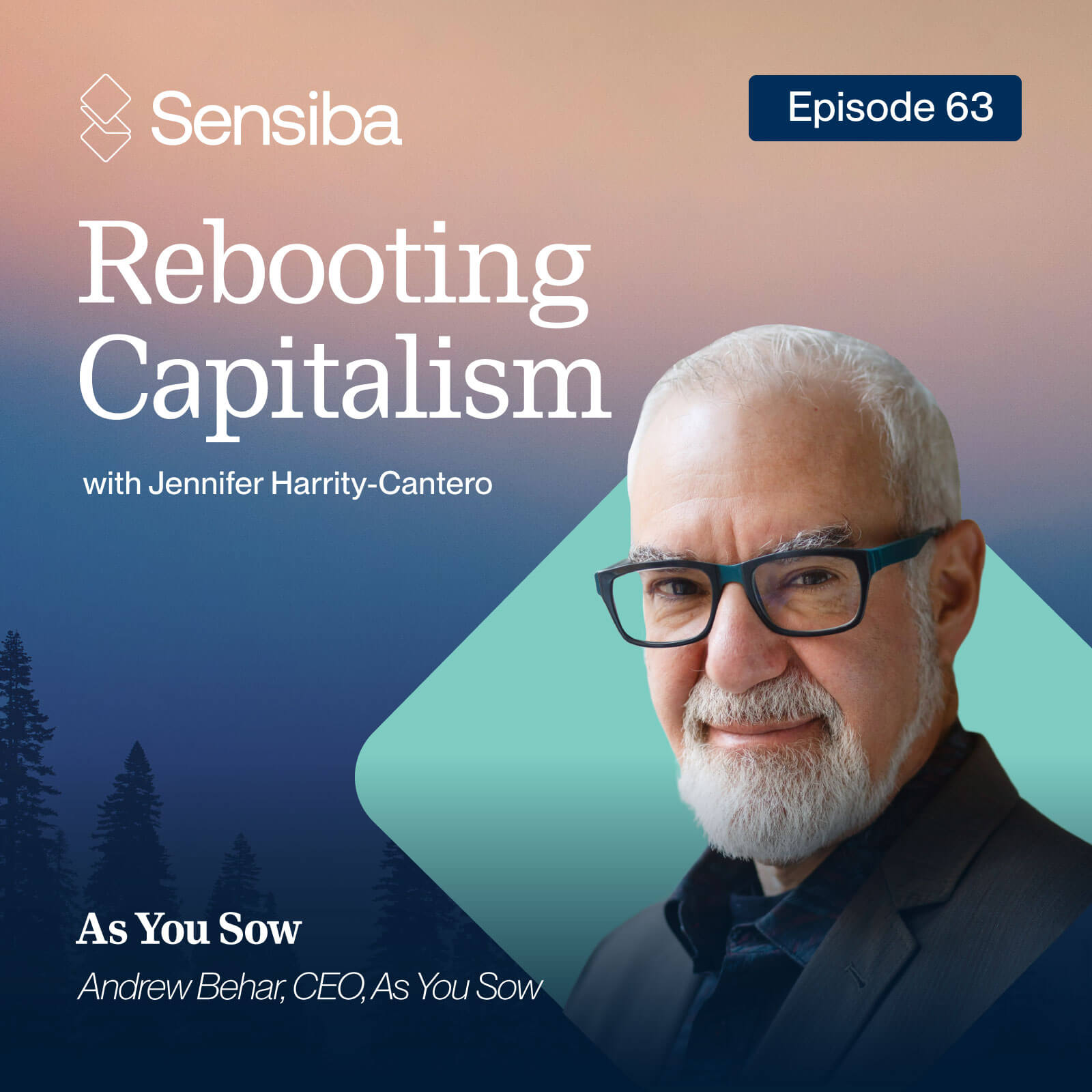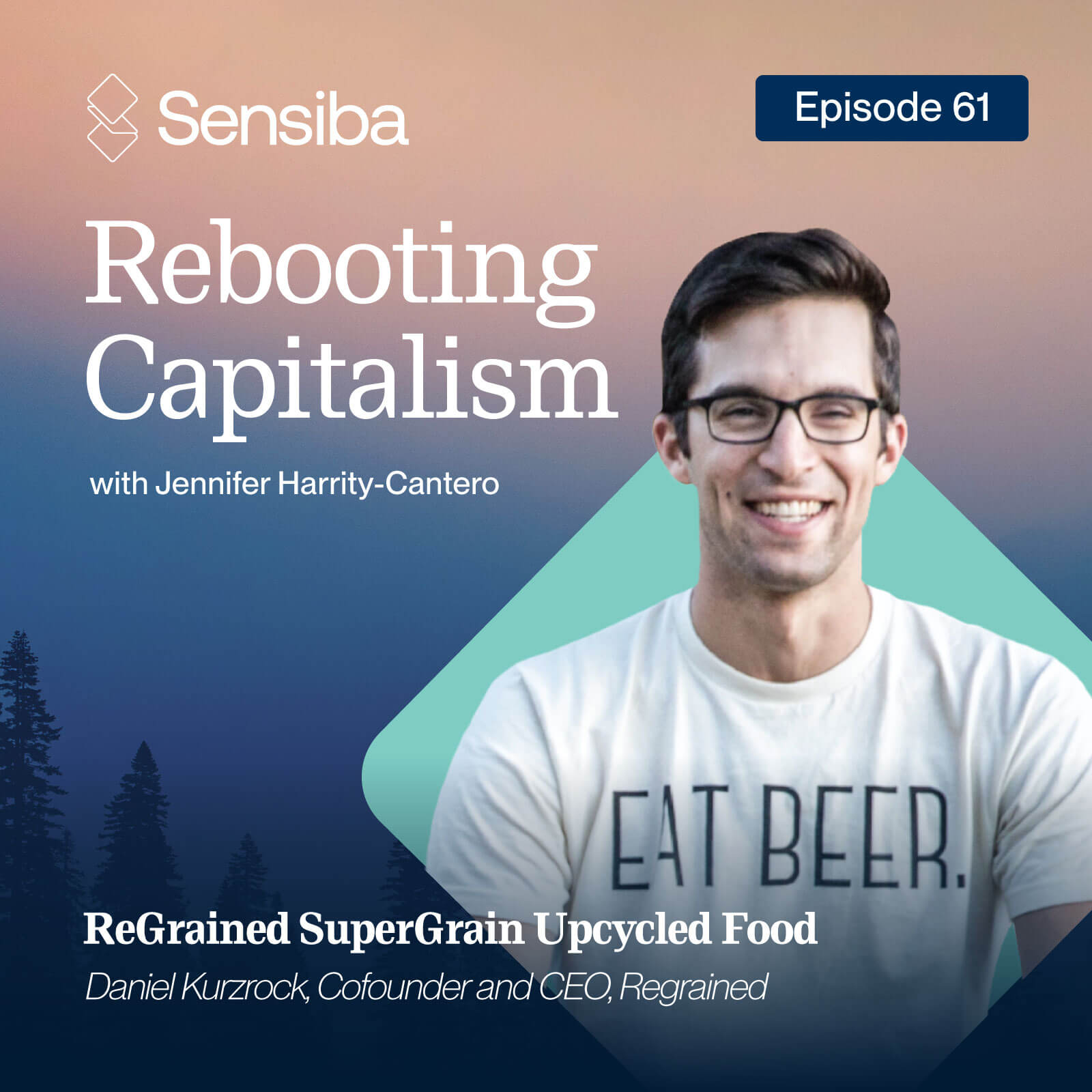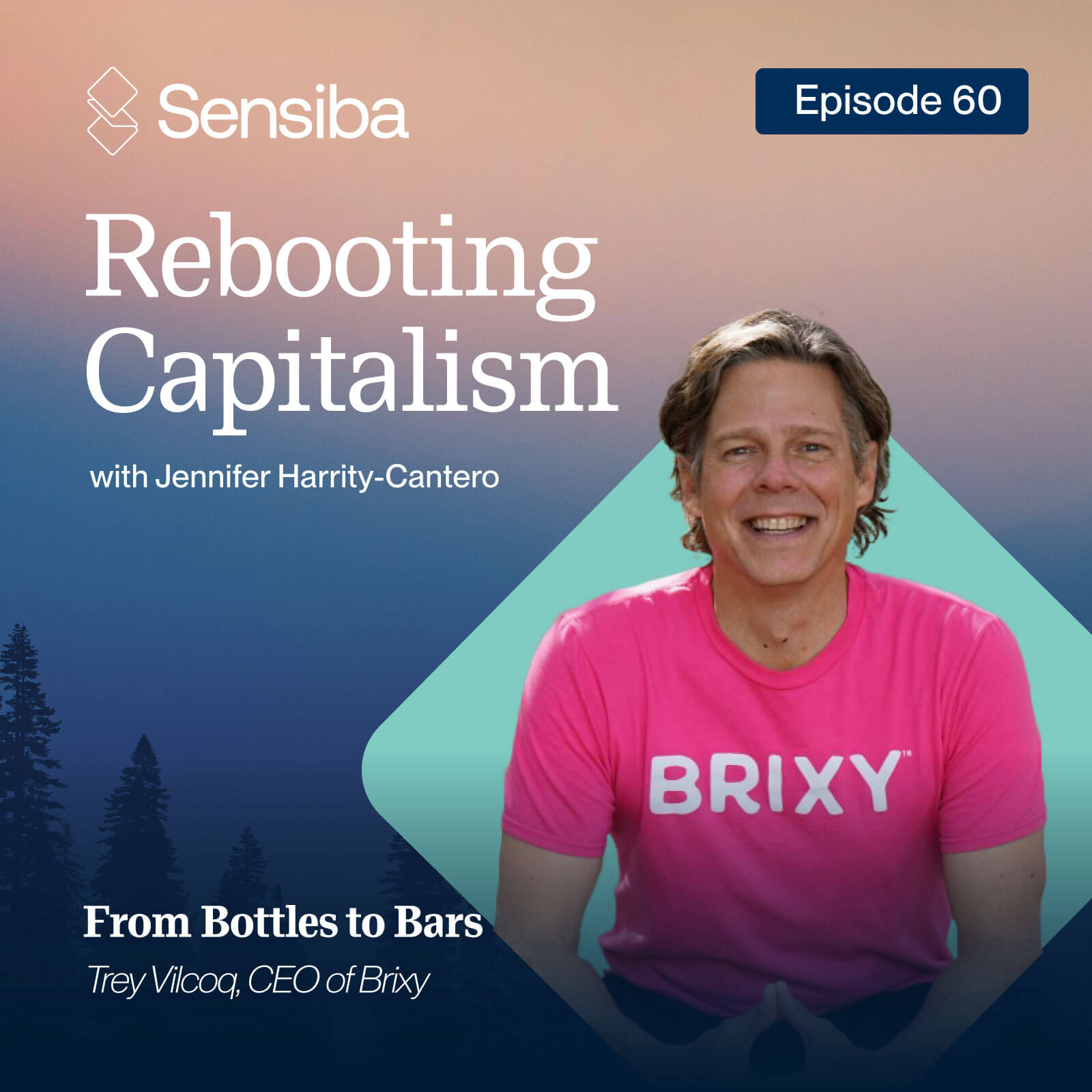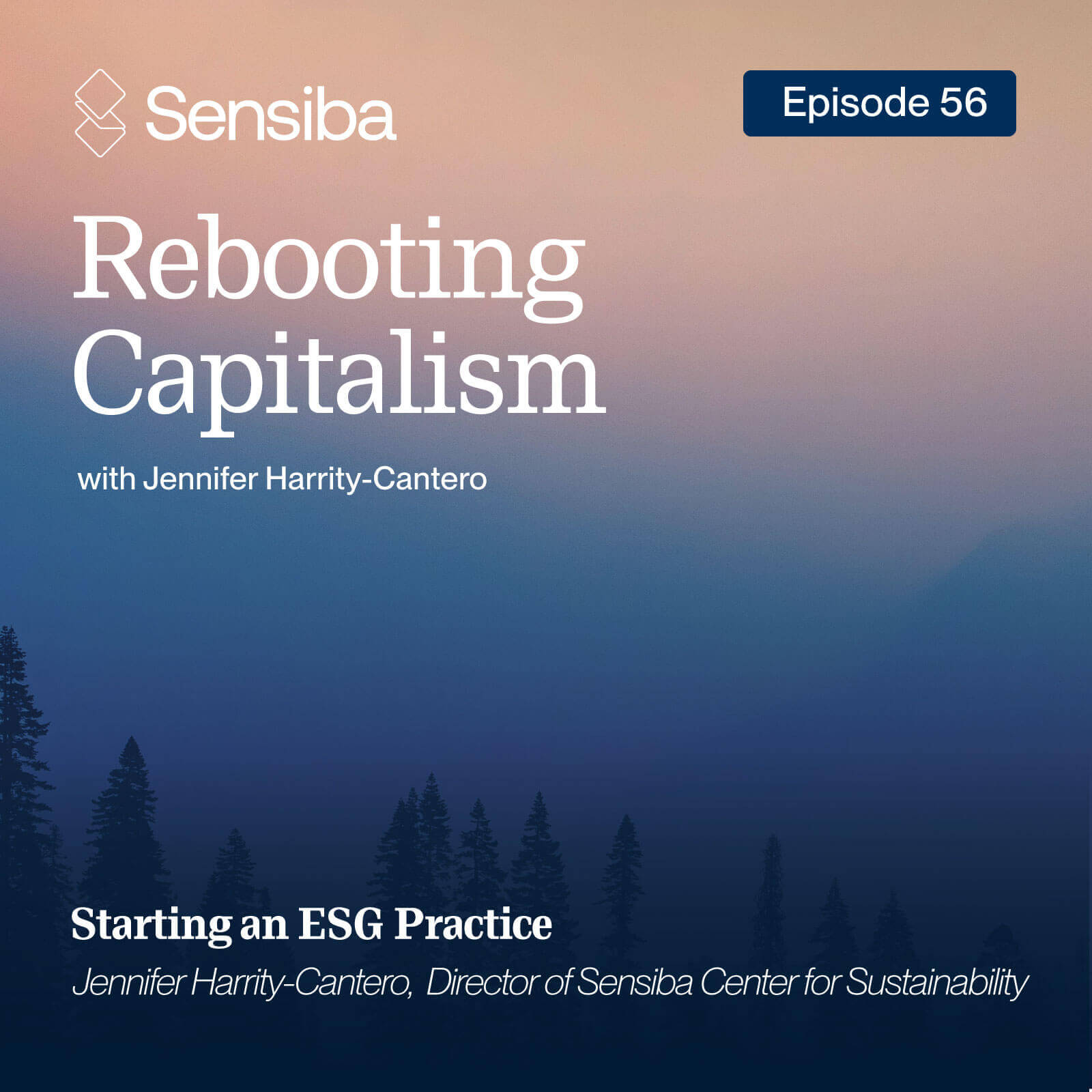The term “carbon footprint” has been in the news, your online shopping shipping information, and even your company’s communications. From campaigns to using less plastic to eating less meat, it seems everyone is buzzing about ways to reduce their carbon footprint.
What is a carbon footprint? Why is it important? This article will unpack the term “carbon footprint” and some related terms as we dig into the elements of a carbon footprint and where to start measuring it.
Carbon Footprint Definition and Factors
A carbon footprint is the total amount of carbon dioxide and greenhouse gas (GHG) emissions caused, directly or indirectly, by an activity. Everything from the electricity to run your office, shipping gifts to grandma, the process of making an item, and even sending an email has a carbon footprint.
There are also natural sources of GHGs, including the respiration and decomposition of plants and oceans. The “size” of the carbon footprint depends on a few factors, but predominately it represents the amount of greenhouse gas emissions released into the atmosphere by an activity.
Facts and Concerns
Excess greenhouse gases can cause a wide range of environmental and health implications. Our planet has a built-in system to clean greenhouse gases from the air. However, since the 1950s, we have produced more emissions than our planet’s natural system can handle.
Over time, the build-up of these gases has increased the planet’s temperature and thrown off the balance of its delicate ecosystem. These gases also contribute to:
- Respiratory disease from smog and air pollution
- Rising sea levels
- Extreme weather
- Food supply disruptions
- Increased wildfires
Future temperature increases will bring more severe storms, increased drought, food shortages, and species loss. Kenya offers a current example of what can happen with a devastating drought. According to a Washington Post report, as of November 2022, animals are dying due to the drought, including 512 wildebeests, 430 zebras, 205 elephants, and 51 buffaloes. The photos are haunting and heartbreaking.
So far, the planet’s temperature has increased by 0.75˚ C since the start of the 20th century. Climate modeling predicts the global average temperature will increase an additional 4° C (7.2° F) during the 21st century if greenhouse gas levels continue to rise at present levels. The side effects of this global temperature rise are concerning and why so many are calling for change—lowering our collective carbon footprint.
Where Do Businesses Fit into the Carbon Footprint Arena?
Businesses have a corporate carbon footprint and, not surprisingly, the most significant footprint of all. In a 2017 report from the nonprofit Climate Disclosure Project (CDP) in collaboration with the Climate Accountability Institute, just 100 companies are responsible for more than 70% of the world’s emissions.
How Do You Measure a Carbon Footprint?
The GHG Protocol
The global standard framework for measuring a carbon footprint is the Greenhouse Gas (GHG) Protocol. The GHG Protocol created accounting standards, tools, and training to help businesses measure and manage their carbon emissions. It also provides guidelines and requirements for organizations to inventory their greenhouse gas emissions, including calculating their corporate carbon footprint.
Measurement Categories
Greenhouse gas measurements are delineated between direct and indirect emission sources and are measured in three categories. Scope 1 is direct emissions from a company’s owned and controlled resources. This includes on-site energy like natural gas and fuel, emissions from boilers and furnaces, as well as emissions from fleet vehicles like trucks for a construction company or helicopters for a hospital. Scope 1 also covers emissions released during industrial processes and on-site manufacturing.
Scope 2 emissions are indirect emissions from purchased or acquired energy. For example, electricity purchased from a utility company or that runs your offsite company servers or website.
Scope 3 includes everything that doesn’t fit in Scopes 1 and 2. It includes all indirect emissions that occur in a company’s value chain (both upstream and downstream). The US Environmental Protection Agency (EPA) describes Scope 3 emissions as “the result of activities from assets not owned or controlled by the reporting organization, but that the organization indirectly impacts in its value chain.”
Four Strategies to Help Reduce Your Company’s Carbon Footprint
Reducing a company’s carbon footprint requires a multi-faceted approach. It involves combining tactics like looking at your energy efficiency, switching to renewable energy, moving to sustainable transportation, or establishing sustainable supply chain practices. You can engage your employees in the process.
One: Increasing Energy Efficiency
One of the most effective strategies is increasing energy efficiency. Doing things like improving insulation, upgrading heating and cooling systems, and installing energy-efficient lighting is good not only for the planet, but also your bottom line. Currently, there are even federal tax rebates and credits for these upgrades for your business and home.
Two: Leveraging Renewable Energy Sources
Companies can reduce their carbon footprint by leveraging renewable energy sources such as solar or wind power. This can be achieved by installing solar panels on company facilities, purchasing renewable energy credits, or switching to renewable energy providers. Most utility companies offer renewable energy solutions for corporate and residential customers, but they must opt into these solutions. While renewable energy might cost a cent or two more per kilowatt, it is ultimately cheaper than purchasing offsets on the tail end for the same amount of energy.
Three: Promoting Sustainable Transportation Options
Promoting sustainable transportation options like cycling, walking, or using electric vehicles can also help reduce your carbon footprint. Consider providing incentives for employees to use subsidized public transportation or bike-share programs. This is an excellent way to engage your employees in the process.
Four: Implementing Sustainable Supply Chain Practices
Sustainable supply chain practices can take more work. However, once your supply chain policies and procedures are set, your company can see a positive impact on the bottom line. Promoting sustainable practices throughout your supply chain, such as obtaining materials from sustainable sources, using less packaging, and reducing waste, can be highly beneficial. Even a step as small as switching from air to ground shipping can make a difference.
What is the Average Carbon Footprint Number?
Carbon footprints vary widely depending on business practices, such as production methods, transportation, and facility choices. However, according to the Global Reporting Initiative, the average carbon footprint for a company in the industrial sector is approximately 400 metric tons of carbon dioxide equivalent per million dollars of revenue.
The Role of the Sensiba Center for Sustainability
We can work side-by-side with you to help measure and benchmark your organization and help you develop goals that make sense for your business and industry. Then we’ll help you create a strategic plan for reducing your footprint and finding responsible offsets for things you cannot reduce. We can even help you describe your carbon footprint journey to your internal and external stakeholders in an authentic way to mitigate any risk.














